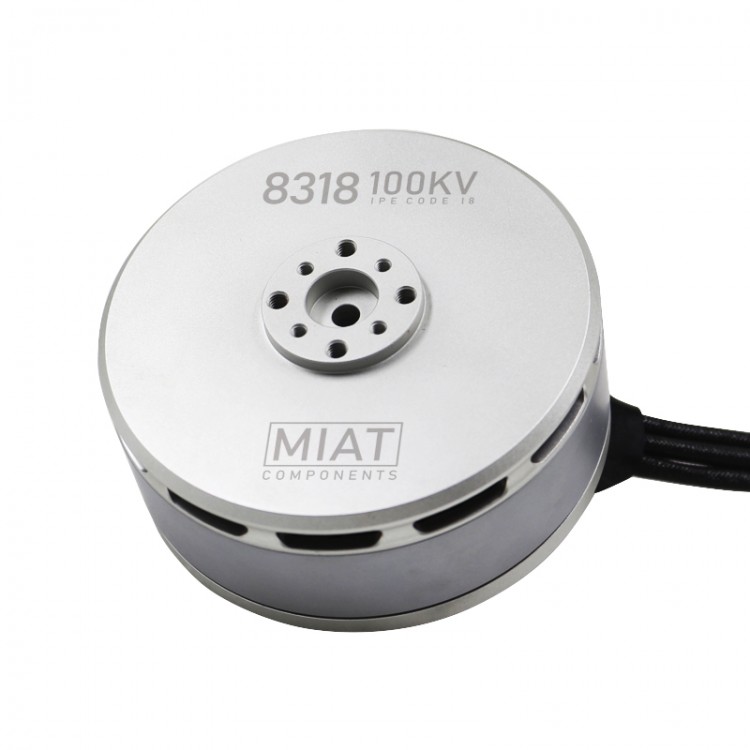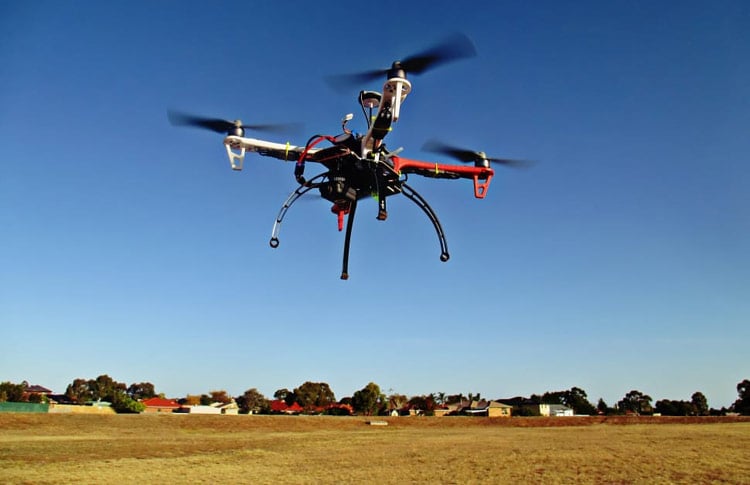

Some NOTAR unmanned helicopters use a fan within the tail to build up low-pressure air which creates a boundary layer that changes the direction the air flows at the tail.Īnother type of NOTAR helicopter is the tip jet-powered helicopter which uses small jets at the tips of each main rotor blade to spin the rotor thus eliminating all torque placed on the fuselage.Ĭheck out our full post on the types of rotary-wing UAVs where we dive into what each type is and how they work along with some examples of each: Single-rotor drones/UAVs with no tail rotor (NOTAR) are rotary-wing UAVs that do not have an anti-torque device located at the tail of the aircraft. These types of single-rotor drones are very rare in the unmanned systems industry. Single-rotor drones/UAVs with no tail rotor (NOTAR) The drawback to these types of drones is that the ducted fan system weighs a lot more reducing the overall efficiency of the unmanned helicopter. Single-rotor drones/UAVs with ducted fans/fenestron are rotary-wing UAVs that use a small tail rotor encased in a shell/duct located at the empennage to control the UAV’s yaw. Single-rotor drones/UAVs with ducted fans/fenestron The drawback to these types of drones is that the main rotors can sometimes negatively affect the efficiency of the tail rotor. Many single-rotor helicopters can change the pitch of each individual blade on the tail rotor system in order to change the thrust they generate. These types of drones use a small tail rotor located at the empennage to control the UAV’s yaw. Single-rotor drones/UAVs with multi-bladed tail rotors are the most common type of rotary-wing UAV. Single-rotor drones/UAVs with multi-bladed tail rotors Single-rotor drone with no tail rotor (NOTAR).Single-rotor drone with ducted fan/fenestron.

Single-rotor drone with multi-bladed tail rotor.Here are the types of single-rotor drones/UAVs: Single-rotor drones can also be separated into different types based on the tail control systems they use. Related Post: How Are Drones Powered? 6 Drone Energy Sources Explained What Are The Types Of Single-Rotor UAVs? We expand on how they work, the types, advantages/disadvantages, and real examples of drones that use it. They also incorporate other devices such as propellers that are powered by electric motors.Ĭheck out our full post where we dive into several powerplants + propulsion devices used in drones. These drones obtain energy to produce thrust from powerplants such as engines, batteries, fuel cells, powered drone tethers among others. This causes less air pressure to accumulate on the top of the prop creating a suction that lifts the prop up enabling both unmanned fixed-wing and rotary-wing drones to fly. The rotor/airfoil is sized and shaped in a way that captures the flow of air as the speed the prop rotates increases thus producing lift.Īir flows faster on the curved top side of the blade than on the flatter underside due to its shape. These types are called no tail rotor (NOTAR) single-rotor UAVs (more on how they function below). Some single-rotor UAVs do not use a conventional anti-torque device. The main rotor provides lift while an anti-torque device controls the UAV on its yaw axis.Īnti-torque devices include multi-bladed tail rotors and ducted fans/fenestron. These rotors are used as airfoils just like the wings of a fixed-wing aircraft. These types of drones actually use the same principle as fixed-wing UAVs in the way they generate lift. Related Post: What Are Rotary-Wing UAVs? Unmanned Rotorcraft Explained The direction they travel is changed by altering the angle of the propeller.Ĭheck out our full post on what rotary-wing drones/UAVs are where we dive into how they work, applications, parts/components, advantages/disadvantages, common powerplants and examples: Single-rotor UAVs use a single rotor that acts as a small airfoil spinning at rapid speeds to capture airflow as that air is forced downwards causing a pressure difference that creates a suction effect thus generating lift. What Are Some Examples Of Single-Rotor UAVs?.What Are The Advantages & Disadvantages Of Single-Rotor UAVs?.What Parts/Components Make Up Single-Rotor UAVs?.Differences Between Single-Rotor, Twin-Rotor & Multi-Rotor Helicopters?.Single-rotor drones/UAVs with no tail rotor (NOTAR).Single-rotor drones/UAVs with ducted fans/fenestron.Single-rotor drones/UAVs with multi-bladed tail rotors.What Are The Types Of Single-Rotor UAVs?.


 0 kommentar(er)
0 kommentar(er)
